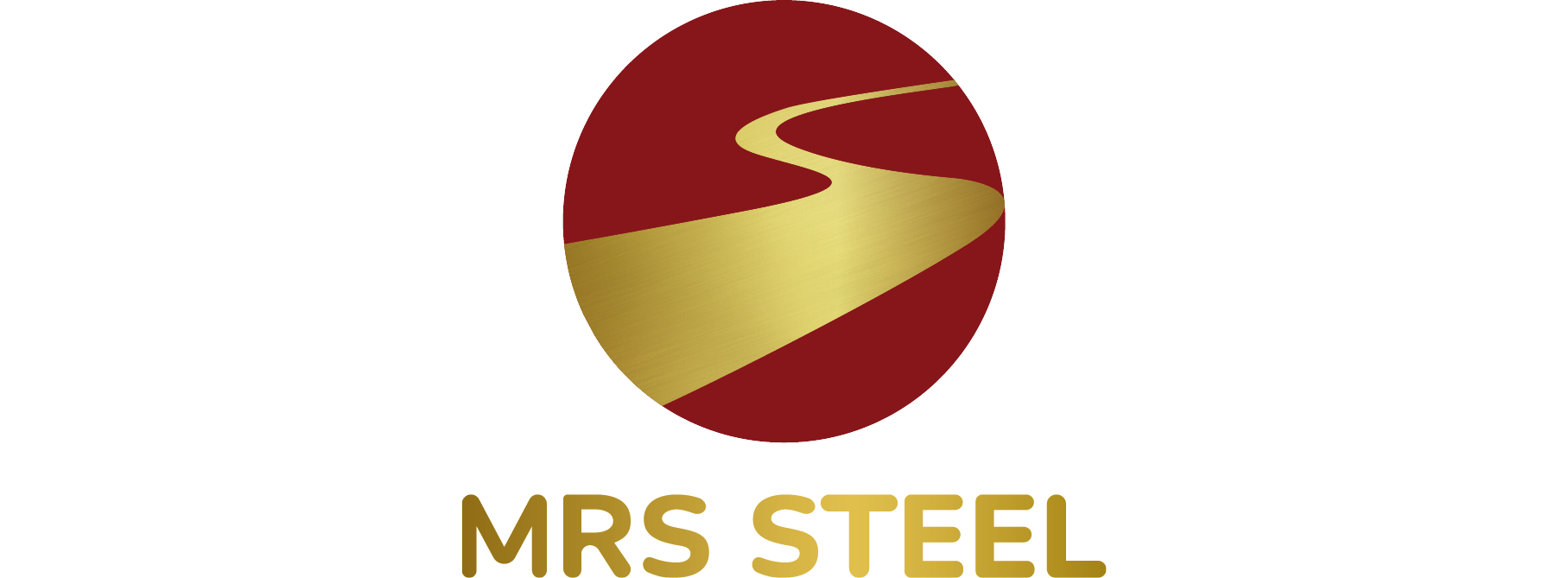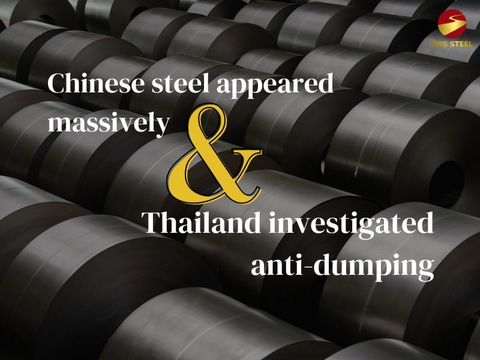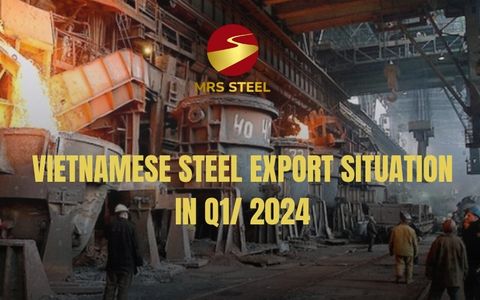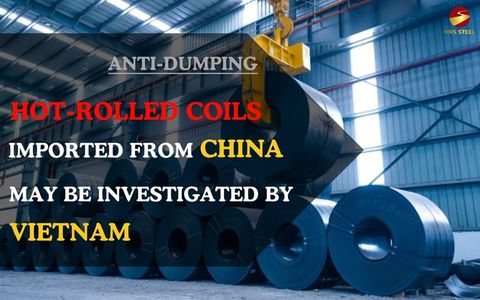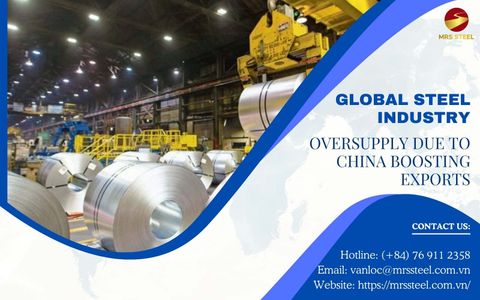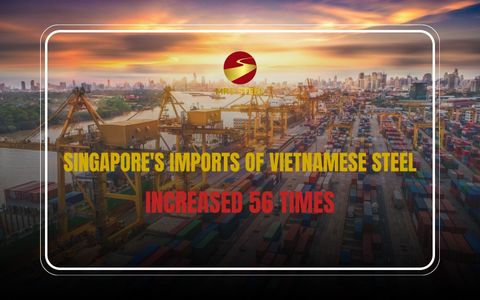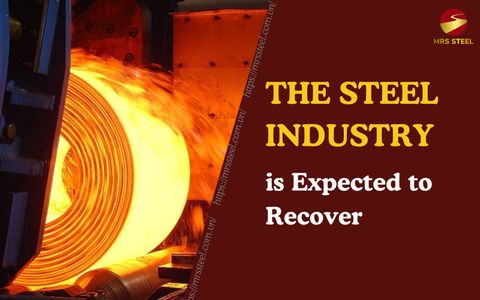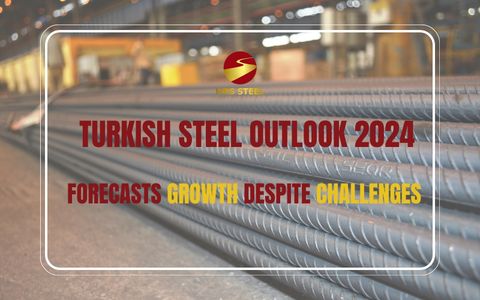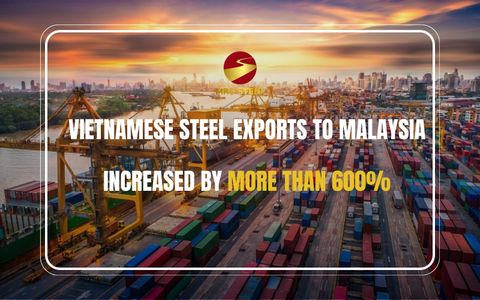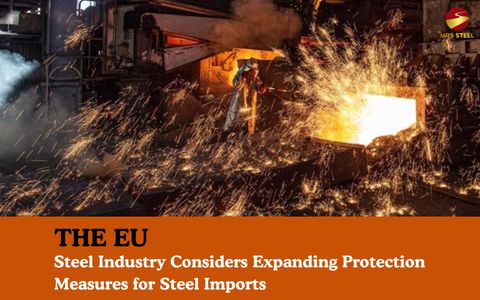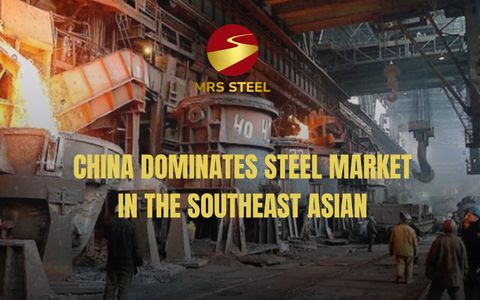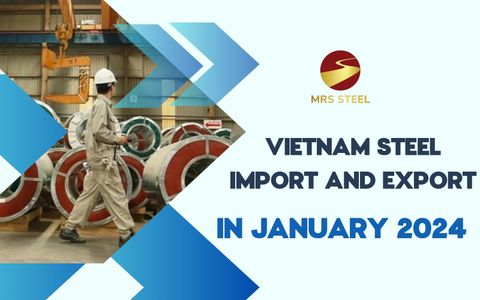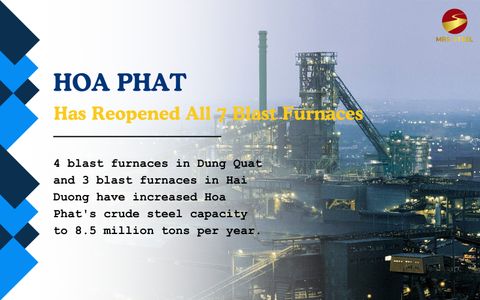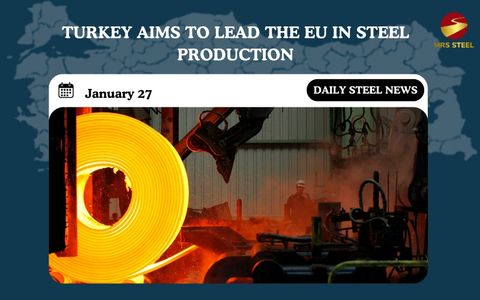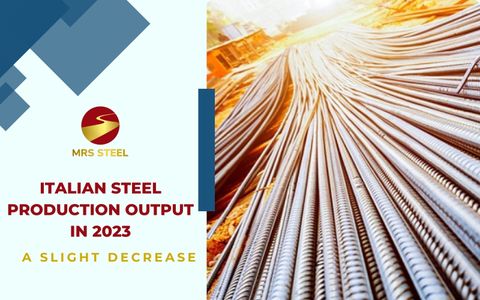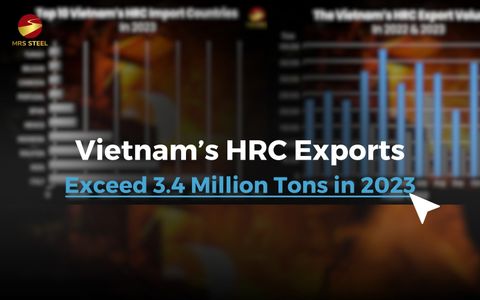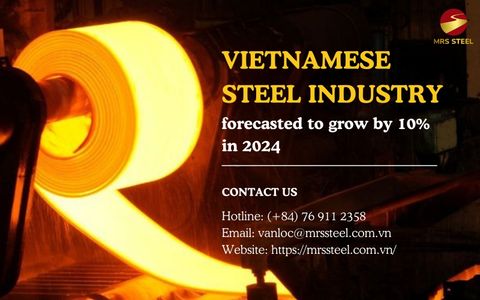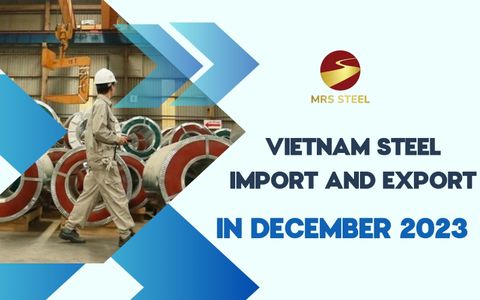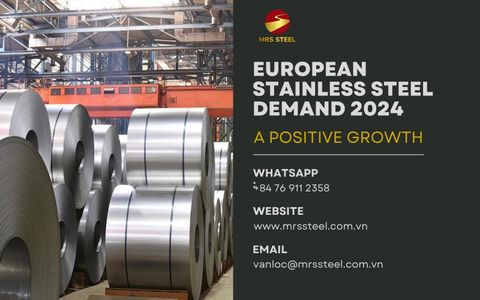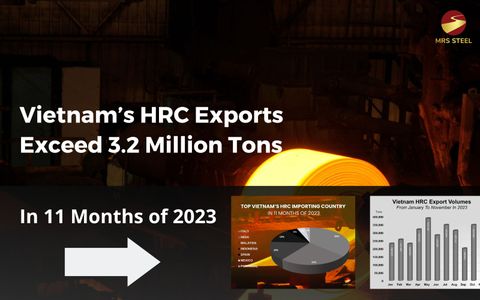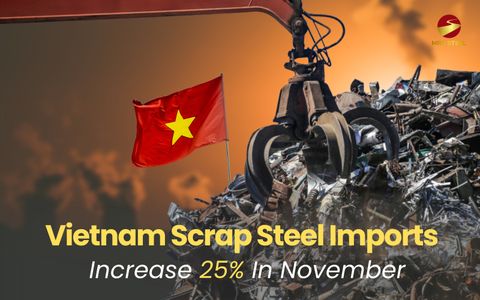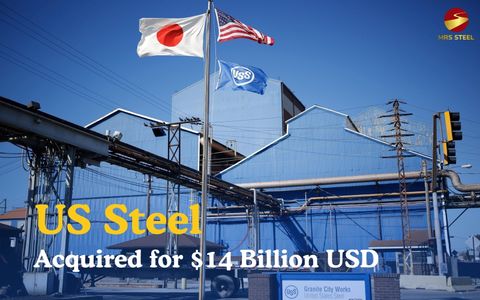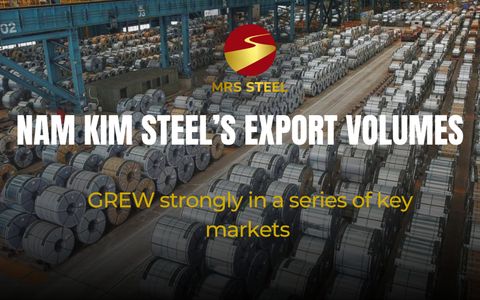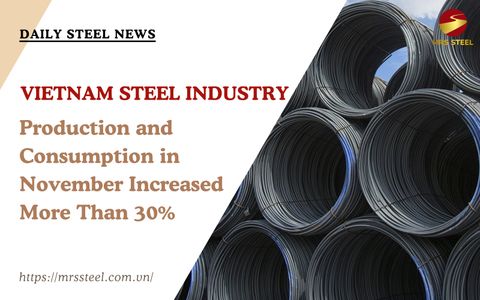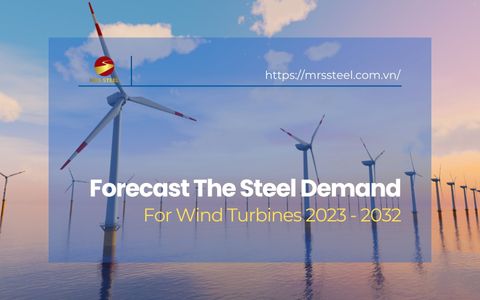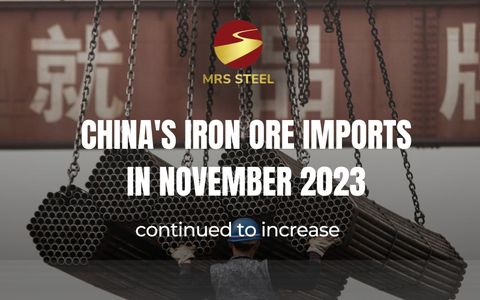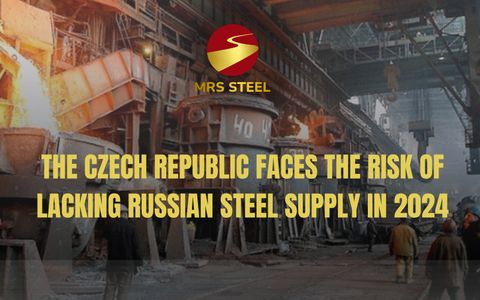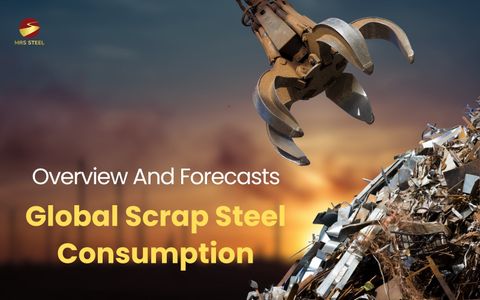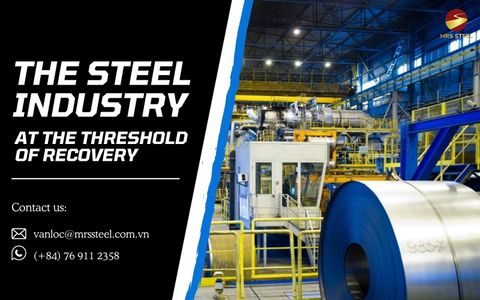Steel consumption in the EU forecast will rise again in 2024

Steel NewsDate: 16-06-2023 by: Ngan Le
According to a recent European Steel Association (Eurofer) report, steel consumption in the EU will rise again in 2024 at a rate of 5.4%. This is a positive sign for the European Union economy when the growth of steel demand will stimulate investment activities in construction and automobile production.
The energy crisis directly affects steel consumption in the EU
Since the war between Russia and Ukraine has taken place, energy prices here have been affected strongly when Russia decided to cut off gas supplies in retaliation for sanctions from the EU.
Specifically, in September 2022, energy prices in Europe peaked when inflation reached 40%, which caused gas prices to increase 15-20 times compared to the normal level. High gas prices mean that electricity will be more expensive, energy costs often account for 25%-30% of product costs, and pressure from input material has stopped many steel manufacturers in the area.

The specific data of energy inflation in Europe from 2020 - 2023
Faced with the shortage of gas energy sources, the Association of Steel Manufacturers has simultaneously called on the government to sponsor anti-crisis policies. In February 2023, the crisis situation showed signs of abating when energy inflation in Europe was only 16.6%. Thanks to government support, dependence on energy from Russia has reduced, and convenient weather in winter has helped decrease energy consumption in Europe. In early 2023, energy prices in the EU fell to roughly the same level as at the period when Russia began attacking Ukraine.
The recovery of the construction and automobile industry stimulated steel demand
The construction and auto industries are typical sectors that account for a large percentage of steel consumption in the EU market. Specifically, the construction industry, which accounts for 35% of the total EU steel demand, has shown signs of recovery in 2022. Although the recovery has returned, the growth rate is assessed to be slow due to tight monetary policies and inflation is still there.

The market share of the steel-consuming industries in Europe
EU car production started to grow in the second half of 2022, however, consumption volume declined due to pressures from the lack of manufacturing components and the loss of consumer confidence after the time of the energy crisis.
According to many reports, the number of car registrations in the region is expected to continue to grow by 5% in 2023. Experts predict that the steel consumption for the automotive sector will increase clearly by the production orders remaining from 2022. The lack of energy caused many manufacturing plants to temporarily close, leading to a lot of uncompleted production orders.
Some predictions come from the World Steel Association, global steel demand in 2023 will increase by 2.3% compared to 2022, reaching 1822 billion tons. Many experts expect this number to continue to rise in a more positive direction in 2024 with a growth rate of 1.7% compared to 2023, to 1854 billion tons.
Opportunities for Vietnam before the recovery from steel consumption in the EU
Although the problem of gas shortages in Europe has been minimized thanks to the sponsor from the government, this will not be a viable solution in the long term. The pressure of the lack of input materials will slow down the growth of steel production in the EU, and this domino effect will approach other manufacturing industries that depend on steel.

By the end of 2022 and the whole of 2023, Europe will need to depend on imported sources of HRC steel, galvanized steel, and long steel to further serve the steel consumption for construction and manufacturing industries in the region. This will be an excellent opportunity for Vietnamese steel businesses because this country is also one of the few steel importers that have not been taxed on trade remedies in the European market. Currently, the EU is imposing an import quota of about 2 million tons per year for Vietnam in the period from July 2021 to June 2024.
